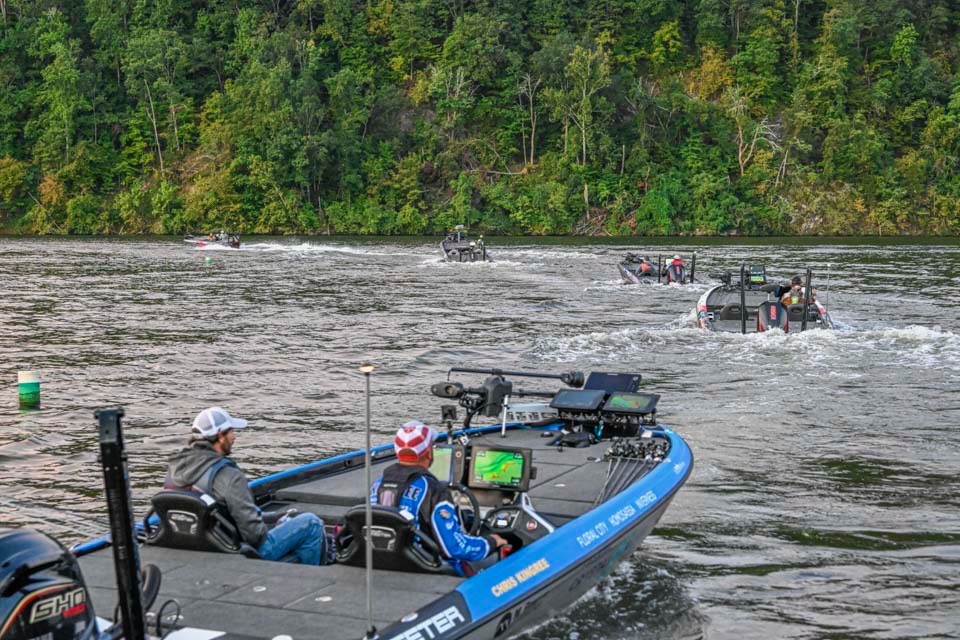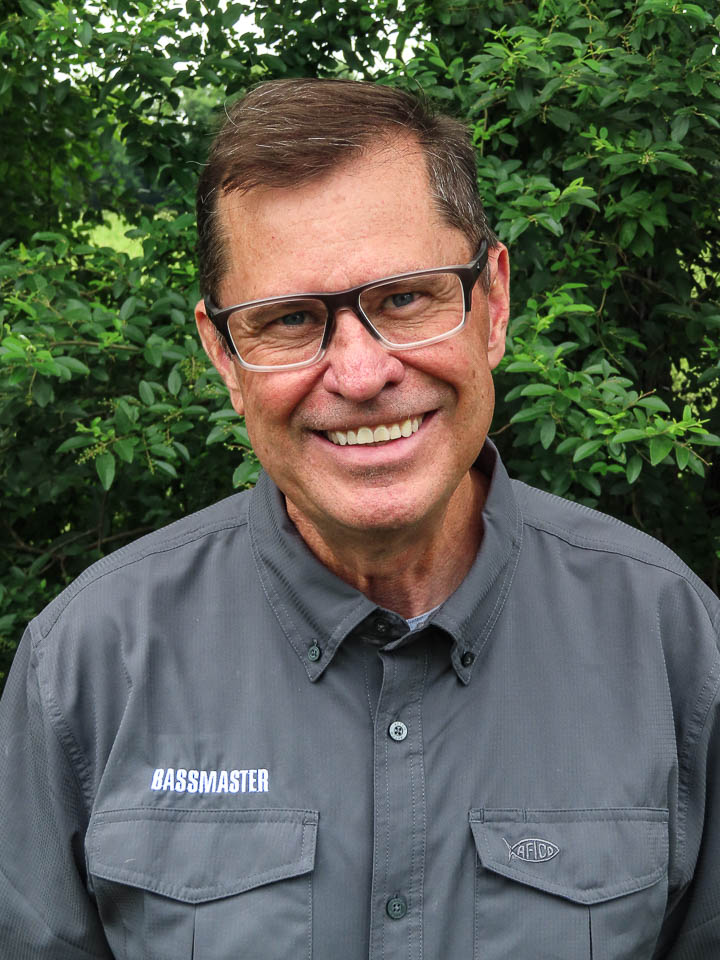
KINGSTON, Tenn. — JT Thompkins best summed up how fishing will play out this week at the St. Croix Bassmaster Open at Watts Bar.
“The grass opens up a whole new ecosystem to what we can fish,” said the current Bassmaster Opens standings leader.
Thompkins is spot on with that defined feature of the 39,000-acre lake, second in line on the Tennessee River system below Fort Loudoun. Most notably, milfoil, hydrilla and coontail are thriving in Watts Bar as the late summer has all three aquatic weeds growing at maturity.
That will make vegetation the common denominator in the patterns deployed by the majority of the anglers. We’ll deep dive into that topic with the feedback from the top anglers in the Opens EQ standings.
Another factor in this tournament will be the lake’s healthy population of smallmouth. The hitch is a keeper here must measure 18 inches. Obviously, that means any smallmouth weighed this week will qualify as a kicker (heavyweight) bass anchoring an angler’s limit.
What else is equally headlining the week is the Opens EQ points race, with three events remaining in the season for those anglers shooting for the nine invitations to the 2024 Bassmaster Elite Series.
The following interviews happened on Wednesday afternoon after practice concluded, and I couldn’t resist the urge to include questions about the hottest topic of late. That would be forward facing sonar and how it will factor into the tournament. You might be surprised at the answers.
Vegetation will be key player
The coverage area extends from dam to dam, north to south. Even vegetation maestro Bobby Lane Jr. said he’d never seen a lake outside of Florida with such fertility.
“The reason why is the density of the gizzard shad and bluegill in that vegetation, which speaks to how fertile this lake is right now.”
Take note of that comment. Gizzard shad are a food staple in Tennessee River impoundments, so combined with the vegetation that sets up a fertile environment for bass survival.
Lane is undeniably the most skilled grass angler in the tournament, having honed his trade in the lakes of Central Florida and throughout the nation over the past 18 years of his pro career. He’ll rely on that instinct to prioritize productive vegetation. Lane’s on-the-spot analysis equips him with the ability to determine how the bass set up on a particular area and make the most of his time.
John Garrett, third in the Opens EQ standings, believes the top 30 paychecks will go to anglers dialing into grass patterns. That begs the question about the details of dialing into a pattern in this sea of grass.
“The magic combination are clumps of hydrilla and coontail in deeper (six to 11 feet) of water,” Garrett said.
Clumps create textbook isolated forms of structure that make ideal ambush points. Plus, those un-vegetated areas in open water expose shad and bluegill, the ambush targets for the bass.
“I’ll run those clumps of vegetation like I will do with isolated brushpiles,” Garrett said.
Smallmouth or bust
Amazingly, catching a 12-pound limit of all smallmouth is reality here, although those bass might never make it to the scales due to being shorter than the 18-inch minimum length limit. However, a three-pounder would qualify as a kicker to a mixed bag limit.
“What you’ll see here are guys going for an early largemouth limit and then hunting for a smallmouth kicker later in the morning,” Garrett said. “It’s easier to catch a three-pound smallmouth than it’s largemouth equal, just because you go hunt those bigger fish in high percentage areas.”
High percentage areas as defined by Garrett are bluffs and deeper brushpiles on rocky bottoms; otherwise, textbook smallmouth areas.
“The best setup is having an isolated area of that smallmouth habitat in a larger area of largemouth habitat where you can maximize your time for both species,” said Robert Gee, fifth place in the Opens EQ standings.
Forward facing sonar factor
How much will forward facing sonar play into the top patterns? The answer is in a big way but not how you would think.
The overall fertility of the aquatic food chain at Watts Bar sets up the first answer.
“Using it to see suspended fish is a challenge, because of the high number of catfish and white bass out in the open water,” Garrett said. “You just can’t tell the difference on the screen between one of those and a bass.”
Gee, a native of nearby Knoxville, said it best with this quote.
“This is going to be a ‘fishing’ tournament. Forward facing sonar will be a tool, not just a screen for seeing bass.”
Which is a primary application for using those electronics.
“It will be more for using the side scan features to line up on a particular target, make lure presentations more accurate to brushpiles and other individual lure targets,” Thompkins added.
Using electronics as an aid for precision lure presentations needed to maximize fishing time and productivity is overwhelmingly the case here at Watts Bar. That also applies in deeper water, out on the main river channel ledges where a bite there could happen. Out there, the application will be positioning the boat to make precision casts to bottom targets used as ambush points by the bass.
Finally, this quote from Garrett brings the vibe back full circle, at least in the Opens EQ race.
“All season I’ve called Watts Bar the ‘shake up’ tournament. The standings will change here more than anywhere else this year based on the challenges of just catching a limit (15 inches for largemouth; 18 inches for smallmouth) and how random the bites are this week.”
Garrett predicted that staying consistent on Thursday and Friday will be challenging enough. He said the odds are high of shifts in the leaderboard on both days. For Garrett that task seems simple yet challenging.
“All I want to do is catch a limit on both days,” he said.
Garrett’s not alone. Stay tuned for how it shakes out.





